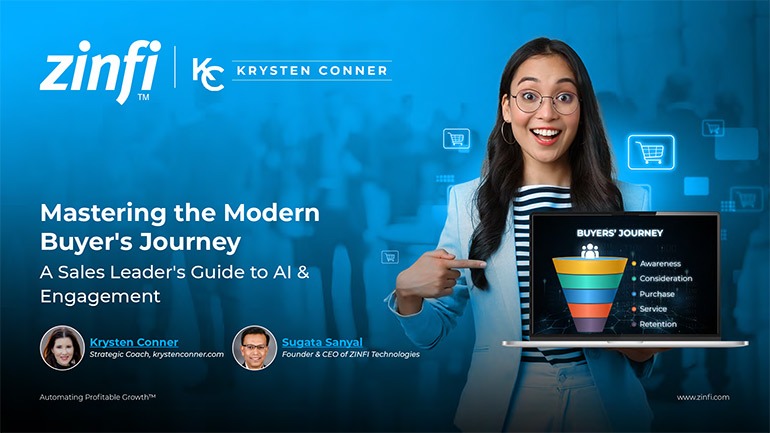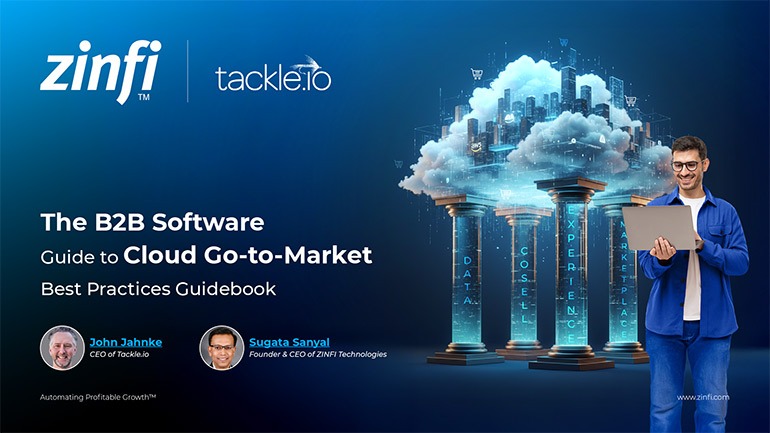Best Practices Articles

Why Your Partner Portal Software Vendor Must Have a Mobile-First Strategy
It doesn’t matter what kind of channel you sell to and through—it’s highly likely that most of your partners’ employees are frequently up and about, whether on premise or off. Each day we move closer to a world in which mobile access to digital information and interactions is the primary means of access for nearly everyone. Therefore, your partner portal software vendor must provide you with a platform that has been designed with a mobile-first approach.
What do we mean by “mobile first”? It’s simple. When you think about access to web-based software or information, there are primarily two ways we can access them – via portable devices (mobile phones, tablets, etc.) or fixed devices (monitors, kiosks, TVs, signage, etc.). Now, most portable devices tend to have screen sizes between 4 and 10 inches (measured diagonally), while fixed devices tend to be 20 inches or larger—and in some cases 100 inches or more. That disparity in screen sizes can create big problems for users. When a mobile user attempts to navigate through information via partner portal software whose design prioritizes large screens, functionality and ease of use can be very limited. In fact, the failure to optimize for mobile devices can drive down usage of a partner portal substantially.
Most web-based partner portal software vendors—sometimes referred to as SaaS (Software as a Service) partner portal providers—have built software with large-screen experiences in mind. There are three primary reasons behind this. First, many content creation activities today still require access to a large screen such as a desktop PC monitor. From that perspective, it makes sense that vendors and their designers who access partner portal software and create content for uploading should be able to do so on a big screen. The second reason for a desktop-centric approach to partner portal software is more technical: Vendors know that rebuilding their software to provide mobile-friendly features and functionality requires additional investment of resources. Finally, until recently most access to partner portal software has been via desktop devices, so there hasn’t been enough data to substantiate a business case for putting mobile first.
This last reason takes us into chicken-and-egg territory, and it highlights a risk that vendors assume when they stubbornly resist change. If there aren’t enough partner users accessing the partner portal via their mobile devices to justify a mobile-first approach, isn’t it possible that’s because most partner portal software is not mobile friendly? Actually, there is already plenty of data tracking secondary usage—e.g., applications that are available for access via mobile devices and also via large screen desktop devices—that clearly shows users are gradually—and in some cases quite rapidly—shifting towards mobile-based access. Examples that we can all relate to are email, calendar and task applications. A recent article by Alex Sessoms, Senior Partner Marketing Manager at Microsoft notes that the number of mobile workers worldwide is expected to increase from 1.32 billion in 2014 (about 37 percent of the global workforce) to 1.75 billion in 2020 (about 42 percent of the global workforce), according to mobile research firm Strategy Analytics.” We can safely assume this trend will only intensify as more and more applications become mobile-centric.
If your organization is wondering how to drive adoption and usage of various programs that you deliver via your partner portal software, I would urge you to carefully consider a mobile-first strategy. This is incredibly important, because the user interaction model encompassing what users access and how is fundamentally different for mobile devices vs. large screen devices. If a partner portal software vendor is not thinking through this usage model and adapting to changing user behavior, their mobile applications will likely experience much higher failure rates because of user frustration. Whenever ease of use is compromised, usage levels drop. Pushing an existing desktop software interface through a mobile interface is a non-starter.
On the bright side, there are partner portal software vendors like ZINFI that have fully embraced a mobile-first strategy and are constantly re-architecting their platform to fully address the unique requirements of mobile devices. A mobile-first strategy can drive up the usage of partner portal and reduce administrative costs of dealing with a lot of frustrated users. It’s also a much better, smarter way to transition to the future.
Best Practices Guidebook
 Modernizing Channel Marketing: AI and Ecosystem Enablement Best Practices
Modernizing Channel Marketing: AI and Ecosystem Enablement Best PracticesDownload for FREE
 The Channel’s Shift to Partner-Led With AI Best Practices
The Channel’s Shift to Partner-Led With AI Best PracticesDownload for FREE
 Hyperscalers, ISVs, and AI: Shaping the Future of B2B Software Distribution
Hyperscalers, ISVs, and AI: Shaping the Future of B2B Software DistributionDownload for FREE
 Definitive Guide to a Partner Ecosystem-First Sales Strategy
Definitive Guide to a Partner Ecosystem-First Sales StrategyDownload for FREE
 The Partner-Led Digital and AI Transformation Best Practices
The Partner-Led Digital and AI Transformation Best PracticesDownload for FREE
 Startup Talent Recruitment: Hiring Missionaries, Not Mercenaries
Startup Talent Recruitment: Hiring Missionaries, Not MercenariesDownload for FREE
 The Future of Partner Relationship Management with AI in Partnerships
The Future of Partner Relationship Management with AI in PartnershipsDownload for FREE
 Cybersecurity for the 99%: Strategies from the Frontline
Cybersecurity for the 99%: Strategies from the FrontlineDownload for FREE
 Mastering Partner Relationships: A Strategic Approach to Business Growth
Mastering Partner Relationships: A Strategic Approach to Business GrowthDownload for FREE
 Mastering Partner Relationship Management: Keys to SaaS Channel Success
Mastering Partner Relationship Management: Keys to SaaS Channel SuccessDownload for FREE
 Navigating the AI Revolution: Guide for Partners in the Microsoft Ecosystem
Navigating the AI Revolution: Guide for Partners in the Microsoft EcosystemDownload for FREE
 Mastering the Modern Buyers Journey: Sales Leader’s Guide to AI & Engagement
Mastering the Modern Buyers Journey: Sales Leader’s Guide to AI & EngagementDownload for FREE










